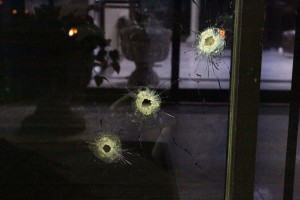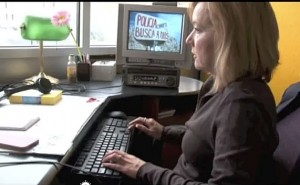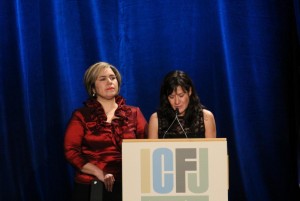Veteran journalist Alfredo Corchado tells students to learn the basics and embrace their culture
|
EL PASO – “July, 2007 was the last time I felt safe in Mexico,” said Alfredo Corchado, the Dallas Morning News Mexico Bureau Chief, when he took the podium as he returned to his alma mater to deliver The University of Texas at El Paso’s Centennial Lecture Thursday. Corchado presented his book Midnight in Mexico – A Reporter’s Journey through a Country’s Descent into Darkness, which will be released at the end of May. He also took the opportunity to do his first ever reading of the book to a full auditorium with his parents sitting in the front row. A 2009 Nieman Fellow at Harvard and a 2010 Rockefeller Fellow and Woodrow Wilson Scholar, Corchado, native of Durango, Mexico, he won the Maria Moors Cabot award from Columbia Journalism School in 2007 for extraordinary bravery and enterprise. In 2010 he was awarded Colby College’s Elijah Parish Lovejoy Award for courageous journalism.





